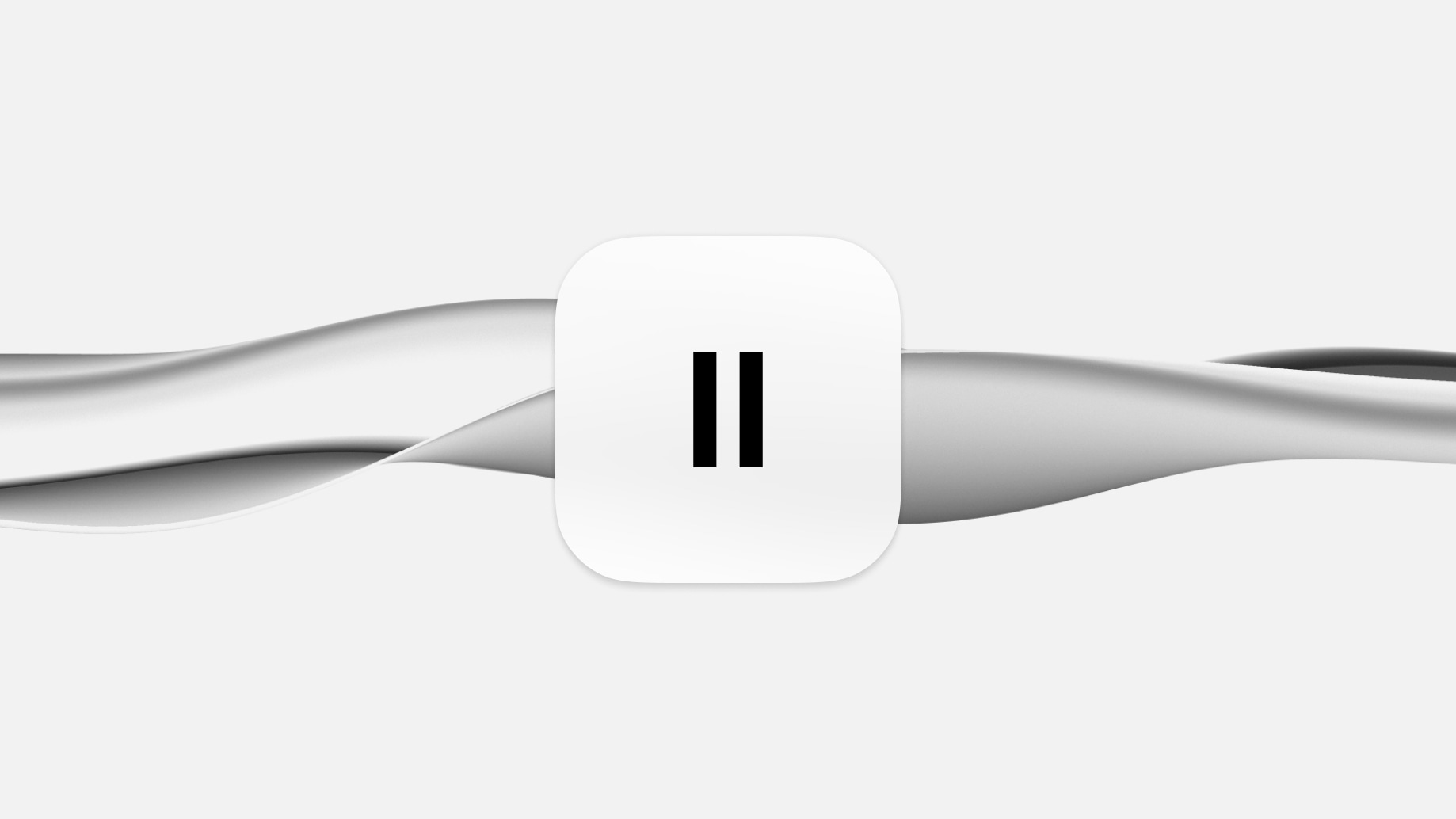Source: TravelPayouts, 'How much does YouTube pay for 1,000 views in 2024'
- RPM (Revenue Per Mille) stands for the total revenue a creator earns per 1,000 video views. Unlike CPM, RPM includes all revenue sources available to a creator, such as ads, channel memberships, and Super Chat. It's calculated after YouTube takes its share, providing a more accurate picture of what creators actually earn.
Understanding the difference between CPM and RPM is crucial for YouTube creators because it affects how they strategize content and monetization. CPM offers insight into the potential earnings from ads, guiding creators on the types of videos that might attract higher-paying ads. However, RPM gives a comprehensive view of earnings, including direct contributions from viewers, merchandise sales, and more.
By focusing on RPM, creators can better assess their overall channel performance and identify strategies to increase their earnings across different revenue streams. Knowing the difference helps creators make informed decisions about content creation, audience engagement, and monetization tactics, ultimately maximizing their YouTube earnings.
How many views do I need to get paid?
As mentioned above, you can begin earning money from YouTube's Partner Program one your channel reache 4,000 watch hours. But what about generating substantial earnings on YouTube? Well, channels need about 100,000 views per video to begin making decent money. However, it's not just the number of views that counts—several other factors can affect your earnings per view.
Your channel's niche, for instance, can have a significant impact on your earnings. A finance or technology channel will probably have higher earnings per 1,000 views compared to comedy or gaming content. How you present your video, how useful it is to people watching it, and how much viewers like and engage with it also affect how much money you can earn from views.
Where your viewers are from matters too. Views from countries like the United States and the United Kingdom typically earn more revenue for creators. So, while getting a lot of views is crucial, paying attention to these factors can help you plan your videos better to earn as much as possible.
How much do top YouTubers earn?
Curious about how much the top YouTubers can make? Well, you came to the right place. YouTube has created many multimillionaires over the years, with top creators earning incredible amounts of money.
Here are just a few examples of top creators' estimated earnings:
These are just a few examples of the incredible earning potential on YouTube, thanks to platforms like Google AdSense and YouTube ads, which contribute to how the channel pays Youtube stars.
The world of top-earning YouTube channels isn't just about individual creators. Channels like Vlad and Niki (111 million subscribers) and Kids Diana Show (119 million subscribers) entertain kids with fun activities and challenges, building huge and incredibly engaged audiences in the process.
Besides making money from ads, some successful YouTubers have also started making money in different ways, like selling shows to Netflix. For example, YouTuber James Allison adapted his YouTube channel into a Netflix show called Oddballs.
This shows how important it is to find various ways to make money. The main lesson? Earnings from YouTube can be very high, and with a smart plan, there's no limit to how much YouTube revenue you can generate.
The journey to making money on YouTube
Monetizing YouTube content doesn't happen overnight. It’s a journey that requires consistency, innovation, and a deep understanding of what your audience wants. Many creators find it hard to reach 1,000 subscribers in their first year. But don't lose hope.
Successful channels that experience rapid growth typically follow best practices, consistently upload new videos, and maintain a long-term commitment to their channel’s development. Key steps for growing a YouTube channel include:
- Conducting market research.
- Creating relevant content.
- Creating a strong plan for promoting your channel.
- Analyzing how well your videos engage viewers and adjusting your content accordingly.
By following these steps, you can increase the chances of your YouTube channel experiencing rapid growth.
Tips for maximizing YouTube earnings
Let's explore the techniques that can maximize your revenue. There are many strategies to help you make more money from your YouTube videos, from improving your video SEO to keeping your audience interested.
But making money isn't only about what you earn from ads. You can also make money in different ways, like affiliate marketing, selling merchandise, and more. Let’s explore these tactics in the following subsections.




